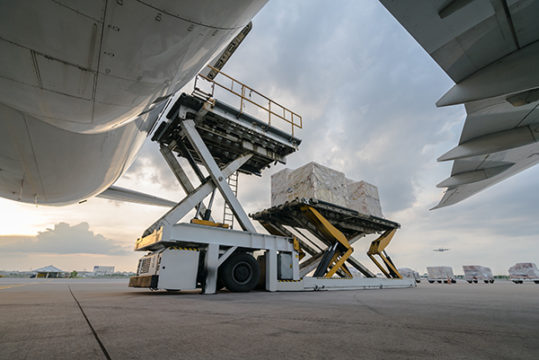
Last week included a holiday period and as such regulatory activity was at rather low ebb. However, the FMCSA stayed fairly busy with several issuances, and the FAA announced an interesting new NPRM related to fire protection standards for transport aircraft. See the week’s action below:
FMCSA
The agency amended its Hazardous Materials Safety Permit regulations to incorporate by reference the April 1, 2018, edition of the Commercial Vehicle Safety Alliance’s (CVSA) ‘‘North American Standard Out-of-Service Criteria and Level VI Inspection Procedures and Out-of-Service Criteria for Commercial Highway Vehicles Transporting Trans-uranics and Highway Route Controlled Quantities of Radioactive Materials as defined in 49 CFR part 173.403.’’ The Out-of-Service Criteria provide uniform enforcement tolerances for roadside inspections to enforcement personnel nationwide, including FMCSA’s State partners. The incorporation is effective July 8th. See it here
The agency published a proposed rule to incorporate by reference the current policy and practices for FMCSA employees, state or local government employees, and contractors to obtain and maintain certifications for conducting driver or vehicle inspections, safety audits, or investigations. This proposed rule, if adopted, also would replace an interim final rule (IFR) in place since 2002 that referenced the certification procedures published on the FMCSA website. See the NPRM here
The agency published an ICR related to the CMV driver medication form. This form has been evolving of late, and the ICR will allow the FMCSA to gauge progress and determine if additional change is required. See the ICR here
The agency published an additional ICR related to entry level CMV driver training and certification. See it here
FAA
The agency is proposing to amend certain airworthiness regulations for fire protection of interior compartments on transport category airplanes. This proposal would convert those flammability regulations from detailed, prescriptive requirements into simpler, performance-based standards. This proposal would divide these standards into two categories: Those designed to protect the airplane and its occupants from the hazards of in-flight fires, and those designed to protect the airplane and its occupants from the hazards caused by post-crash fires. In addition, this proposal would remove test methods from the regulations and allow applicants, in certain cases, to demonstrate compliance either without conducting tests or by providing independent substantiation of the flammability characteristics of a proposed material. See more here
Labelmaster is a full-service provider of products, shipping and training software, and professional consulting services to assist the DG and HS&E professional to comply with national and international regulations. See our full line of solutions at www.labelmaster.com



